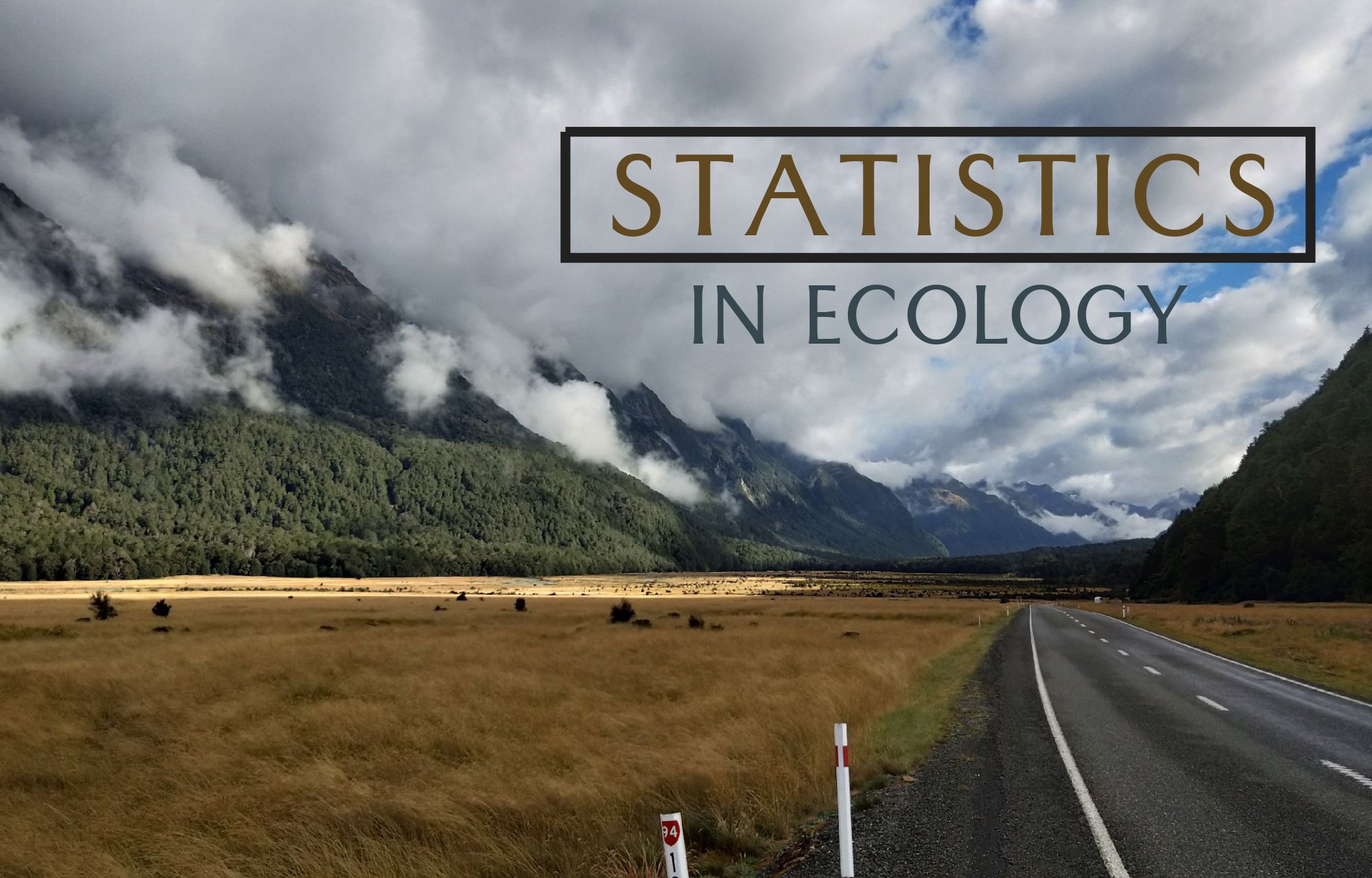Resolution vs. Image Size Explained (GIMP Tutorial)
[Read More]
Creating business cards
Building a QR code
And why you might bother
QR codes have been all the rage in the past few years. Below are my simple steps to quickly making a single QR code either online, using a design application (e.g. Canvas) or through R.
[Read More]
Bookdown thesis examples
Maybe there is some helpful code in here
Overview
[Read More]
Collecting posts and tags on jekyll websites
A good way to manage and document a large number of resources. This is done in beautiful jekyll using liqud tags. TO include a full list of all my blog posts so far.
[Read More]
Booking calenders and web intergration
Including calenders and other dynamic content can be as simple as using <iframe>s
Booking calender google
[Read More]
Jekyll metadata
Quick tips
One of the great things about github pages and jekyll websites for users of RMarkdown is that the metadata and the information about the contents of the file is stored in the same way as RMarkdown with a yaml header at the start of the document containing the additional information and parameters needed for the file to render.
[Read More]
A lot of cooool resources for R
bookdown applications
There are many great things that can be done with bookdown projects and one of these developing resources using gitbooks and github. Here are a few interesting books for using R.
[Read More]
Ignoring Build Files Correctly In R
ignoring defined build files
[Read More]
Code chunks in RMarkdown
Trying to link RMarkdown to Jekyll
chunks
[Read More]
Maths online
Interactive maps in the real world
Interactive maths
[Read More]
Using Gists
A small collection of personal Gists
Hopefully, there are bits of code below for tricky bits of R and other like programs I am using.
[Read More]
Using R And Github Course Outline 2021
Using R and GitHub: reproducibility in research
[Read More]
`github` pages setup 2021
Publishing on GitHub using github pages
[Read More]
Adding links in Jekyll websites
There are many many great resources on the web but linking them to a website can be hard, nont to mention boring task. Here are my notes to try and reduce the instatbility of external web links within webpages and other online content.
[Read More]
A journal for open science `ReScienceC`
ReScience C
[Read More]
Invasive Species Modelling
There was lots of press focus at the time (e.g. How NZ might make PFNZ happen;Enviroment guide; NZ geographic PFNZ plan) and academic interest too (extended info coming but most of the journal articles reference Russell et. al 2015 paper here)
[Read More]
Github shiny app
github packages
[Read More]
Backup files for Jabref
Working with `.bib` files in some matter or other
Jabref backup files
[Read More]
Image sizes
Generating web content from different visual content types and sizes has been a challenging aspect of working with RMarkdown and document generation. I found myself saying too many times recently that I hate working with images! Image size, projection dimensions, and printing dimensions all seem to change differently at different times when working with these different image types. To break this down I have divided the different aspects and rules under each of the different content types available in RStudio using packages like rmarkdown and bookdown vs websites using jekyll.
[Read More]
A open source project setup
Over the covid19 period I have developed a workflow for generating the backbone of general exploratory research for a range of small businesses in an attempt to begin the process of developing open source tools for small business. There are many lessons and adventures I have had to generate the content I am writing currently.
[Read More]
Dynamic CV and development page
Over the past few months I have developed a a concept of intergrating html templates with RMarkdown to generate custom landing pages. I have used a collection of open source HTML5 templates and modified the code to include aspects of RMarkdown using $ <...> $ and custom YAML headeres associated with each of the new aspects. I have generated a template here for a dynamic CV and in the future I will extend this for other projects.
[Read More]
Mendeley setup
Reproducibility in research at a realistic speed
Mendeley is ….. [descriptions coming soon…..]
[Read More]
Github R Vscode
Using R and GitHub
[Read More]
Rstudio Addins
RStudio add-ins
[Read More]
Github content editor
Overview
[Read More]
Ala Observations
Observations from the ALA of koalas
[Read More]
Inserting an social media post
There are several ways that it is possible to generate static html content that includes aspects of different social media posts and pages. Here are a few quick notes about how I work with these file formats.
[Read More]
Embedding a google location
Google has a huge wealth of location data. It is possible to access and use this data in a range of ways. Here is some information on using iframe in a markdown or rmarkdown document. Here is the beginning of what I hope will be a collection of R scripts and notes on how to deal with google location data in R. Mostly because I have found this hard and I hope by writing a bunch of blog posts about it I will become more accustom to working with this sort of data.
[Read More]
Covid19 in the ACT
Working with TROVE notes
Using R
The trove database is a amazing resource that is configured using a simple API. There is a tool called QueryPic that can be used from within an online jupyter notebook that makes working with the overall data from TROVE much easier.
[Read More]
Vectorisation Starter
Vectorising code
[Read More]
Resources to understand reproducibility
Teaching reproducibility
During the first 6 months of 2021 I was lucky enough to help out with a course called “Big Questions in Biology”. I have broken up a lot of the resources I used in the class and added them as smaller blog posts to this site for now. Any feedback is great. :).
[Read More]
Worldwide covid19 curves
Overall general covid19 cases/trends
[Read More]
Mapping national parks in the US
I found this great shiny app that I have managed to reproduce on my shiny server. The next step is to recreate it with some new or different data. Link here.
[Read More]
Creating maps in R and on the web
Try it
A Leaflet map!
[Read More]
GIS in R
Creating maps using spatial data in R
GIS is an area of R coding I have kept away from hoping that I would work it out at a later date. Sadly, it has got to the point where I want to be able to build more complex maps in shiny applications towards the end of my PhD and need to create a base of code to go from. Luckily, the text book “Spatial Analysis in R” has just come out in its second edition and is available in as a bookdown repository including the full text here.
[Read More]
Sample blog post
Each post also has a subtitle
This is a demo post to show you how to write blog posts for jekyll websites using markdown. I strongly encourage you to take 5 minutes to learn how to write in markdown - it’ll teach you how to transform regular text into bold/italics/headings/tables/etc. For a more detailed guide see https://www.markdownguide.org/.
[Read More]
Flake it till you make it
Excerpt from Soulshaping by Jeff Brown
Under what circumstances should we step off a path? When is it essential that we finish what we start? If I bought a bag of peanuts and had an allergic reaction, no one would fault me if I threw it out. If I ended a relationship with a woman who hit me, no one would say that I had a commitment problem. But if I walk away from a seemingly secure route because my soul has other ideas, I am a flake?
[Read More]
A very basic description of github projects and forks
Getting my head around github
Fork
Branch
Notes
master
This is the branch I am currently working on
master
master
Bookdown hosting
Using GIThub
You can host your book on GitHub for free via GitHub Pages (https://pages.github.com). GitHub supports Jekyll (http://jekyllrb.com), a static website builder, to build a website from Markdown files. That may be the more common use case of GitHub Pages, but GitHub also supports arbitrary static HTML files, so you can just host the HTML output files of your book on GitHub. The key is to create a hidden file .nojekyll that tells GitHub that your website is not to be built via Jekyll, since the bookdown HTML output is already a standalone website.
[Read More]
Embedding maps easily
Speaking analytics with shiny and R tools
The interesting thing about this post is that this is not exactly what I am hoping for as an end product. only possible because of these tools (leaflet; wiki on the matter and shiny info).
[Read More]
Making stickers and business cards
On a student budget
https://www.canva.com/design/DAE47TyDc_s/LkWFUEh_Wmtod7HqSh58ww/view?utm_content=DAE47TyDc_s&utm_campaign=designshare&utm_medium=link&utm_source=shareyourdesignpanel
[Read More]
Jekyll in RStudio
A collection of resources for blogging in RStudio using Jekyll
As with all github projects there always seems to be someone else who has managed to explain and write a blog about what you need, just when you need it… I wish :)
[Read More]
Using compareGroups function
The compareGroups package (Subirana, Sanz, and Vila 2014) allows users to create tables displaying results of univariate analyses, stratified or not by categorical variable groupings.
[Read More]
KMZ files are just...
...zipped KML files
A KMZ file is just a zipped KML file, possibly with associated embedded images, icons, etc. So any program that supports KMZ files internally unzips them to access their KML files. That may be a reason why many open source programs do not bother supporting KMZ once KML support is implemented: you just need to use an additional unzipping library of your choice, to convert the KMZ to KML. The linked posts give some JavaScript-based solutions for unzipping.
[Read More]
Tracking a github website using google analytics
Business info for the smarts
Somehow a few months ago I managed to add google analytics to both my blog website here and my first publication but I am unsure how I managed it.
[Read More]
KMZ files are just...
...zipped KML files
A KMZ file is just a zipped KML file, possibly with associated embedded images, icons, etc. So any program that supports KMZ files internally unzips them to access their KML files. That may be a reason why many open source programs do not bother supporting KMZ once KML support is implemented: you just need to use an additional unzipping library of your choice, to convert the KMZ to KML. The linked posts give some JavaScript-based solutions for unzipping.
[Read More]
Markdown syntax
Quick tips
This is an extension of the demo post from Dean’s website that demostrates some key markdown syntax to use in markdown blog posts for this site (and many other great tools).
[Read More]
Site concept
Overview
[Read More]






